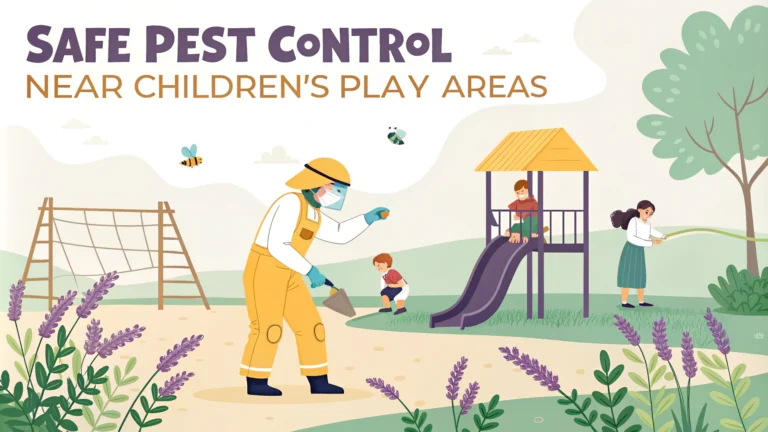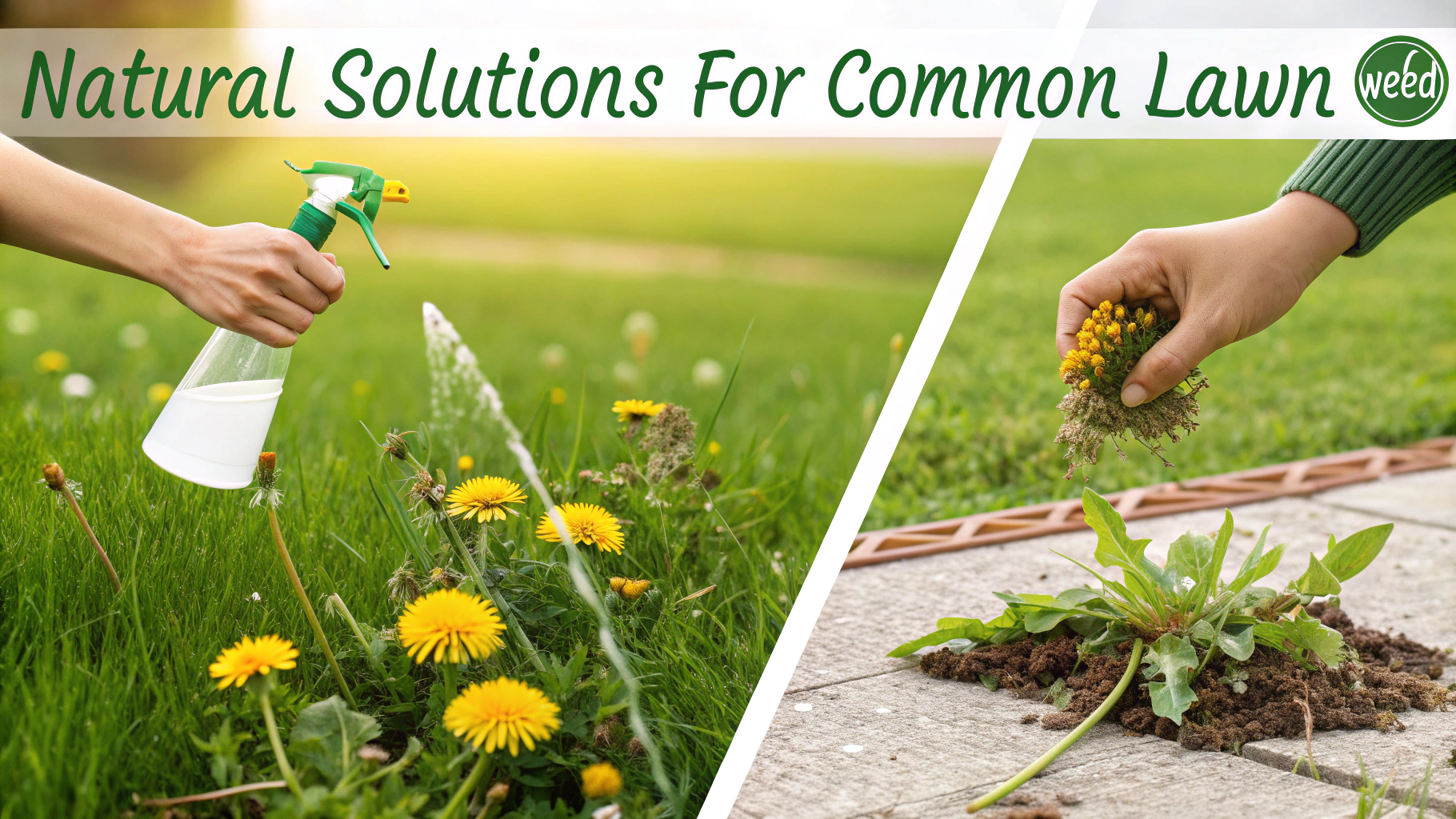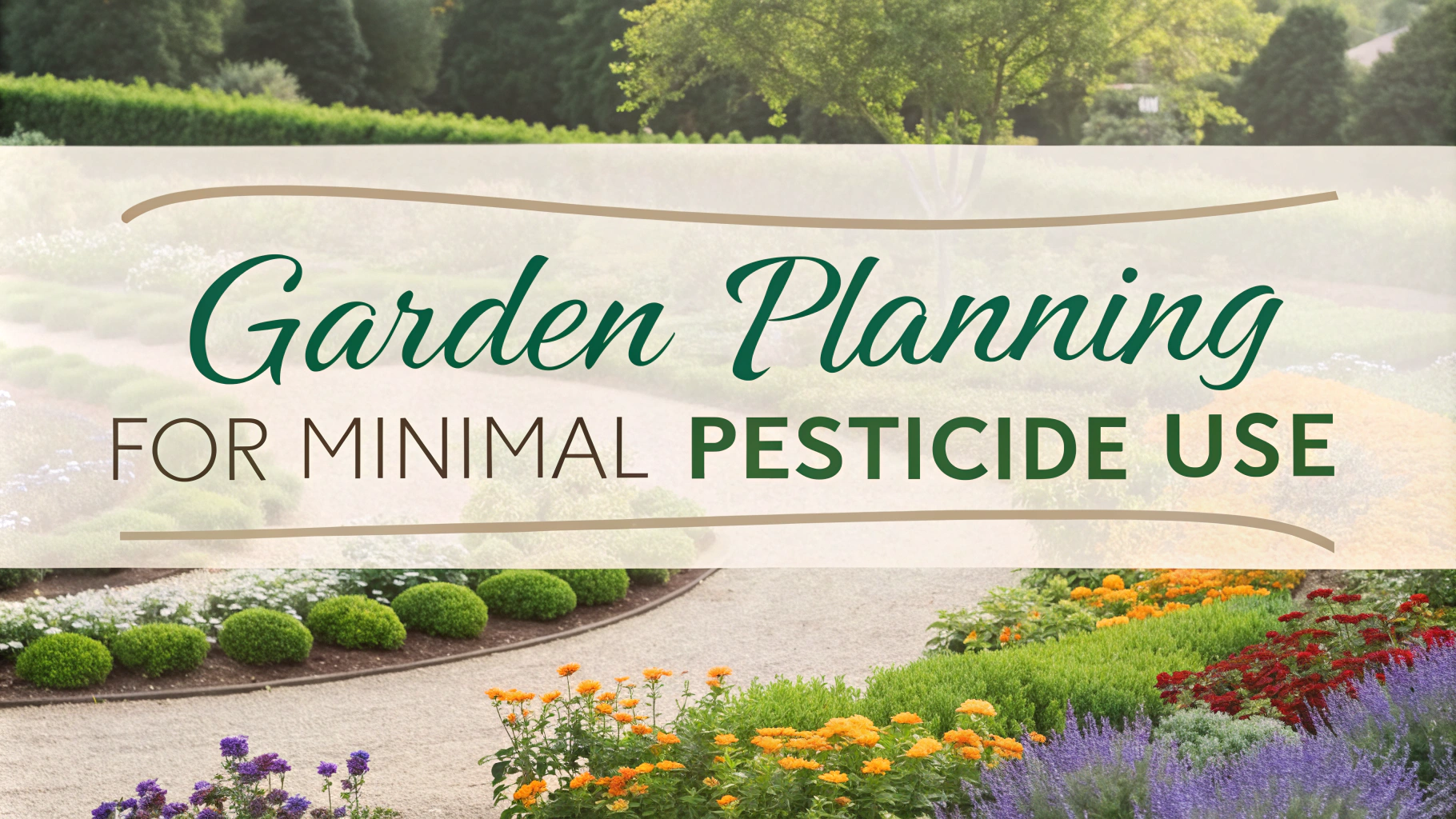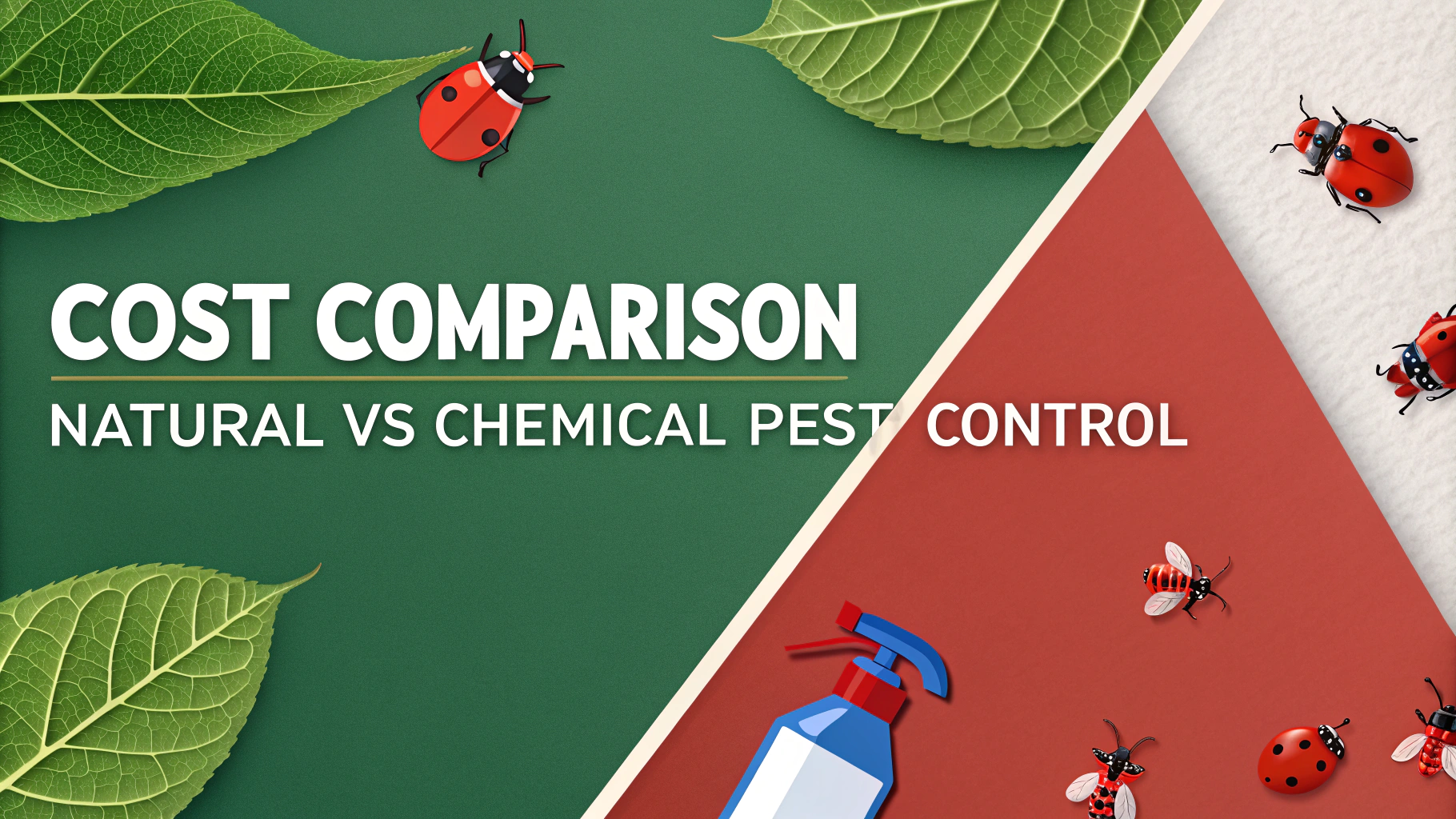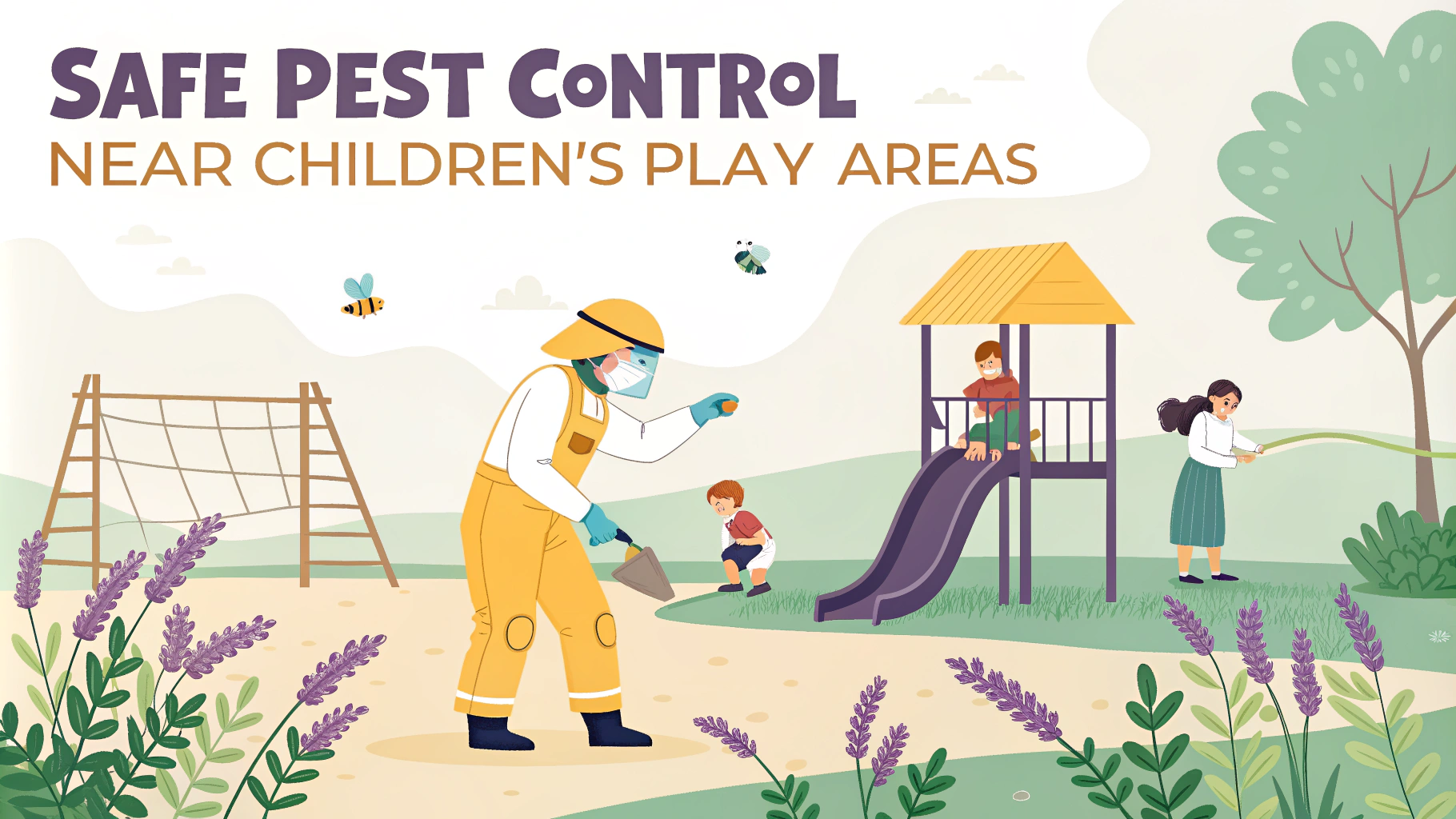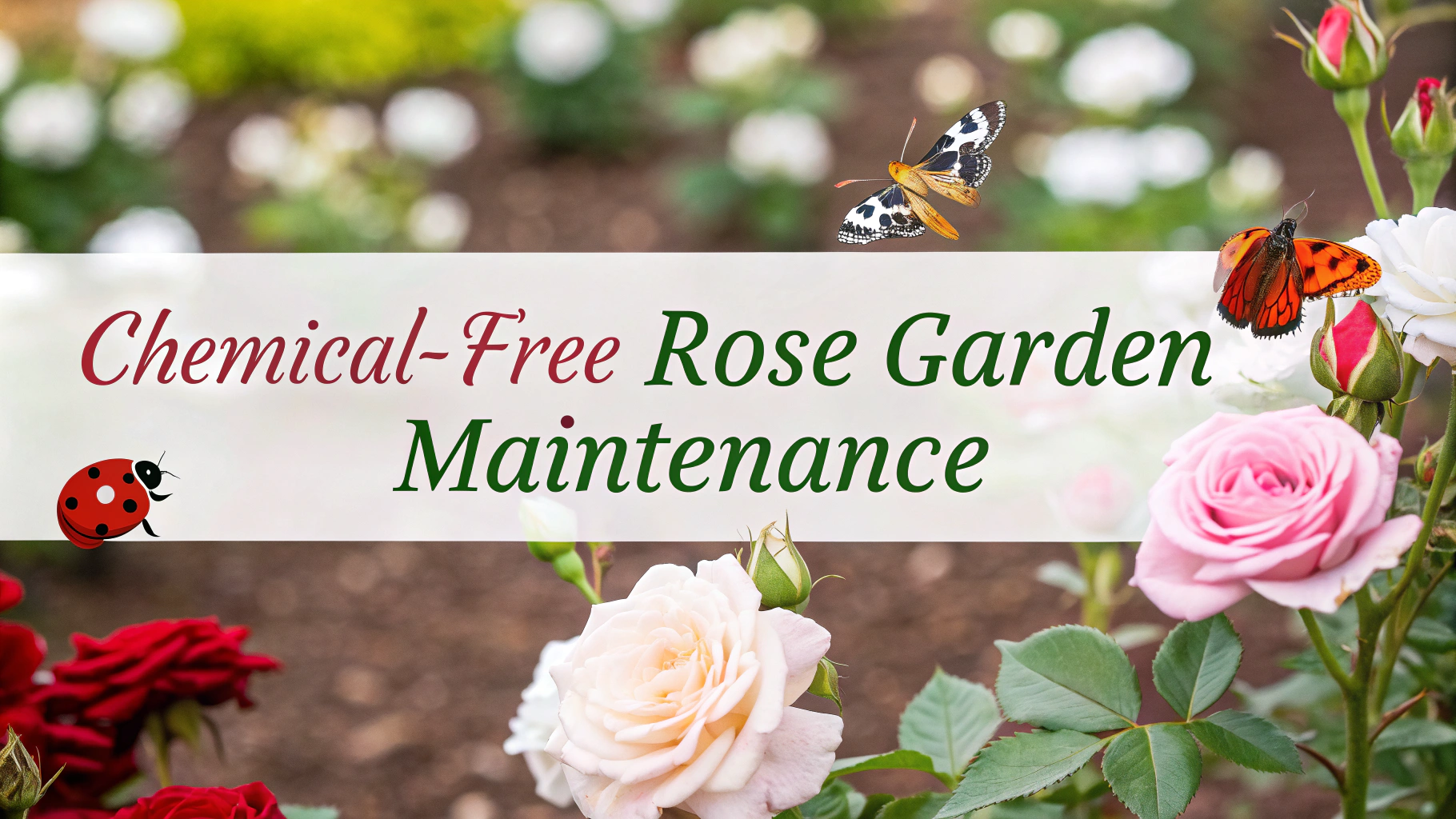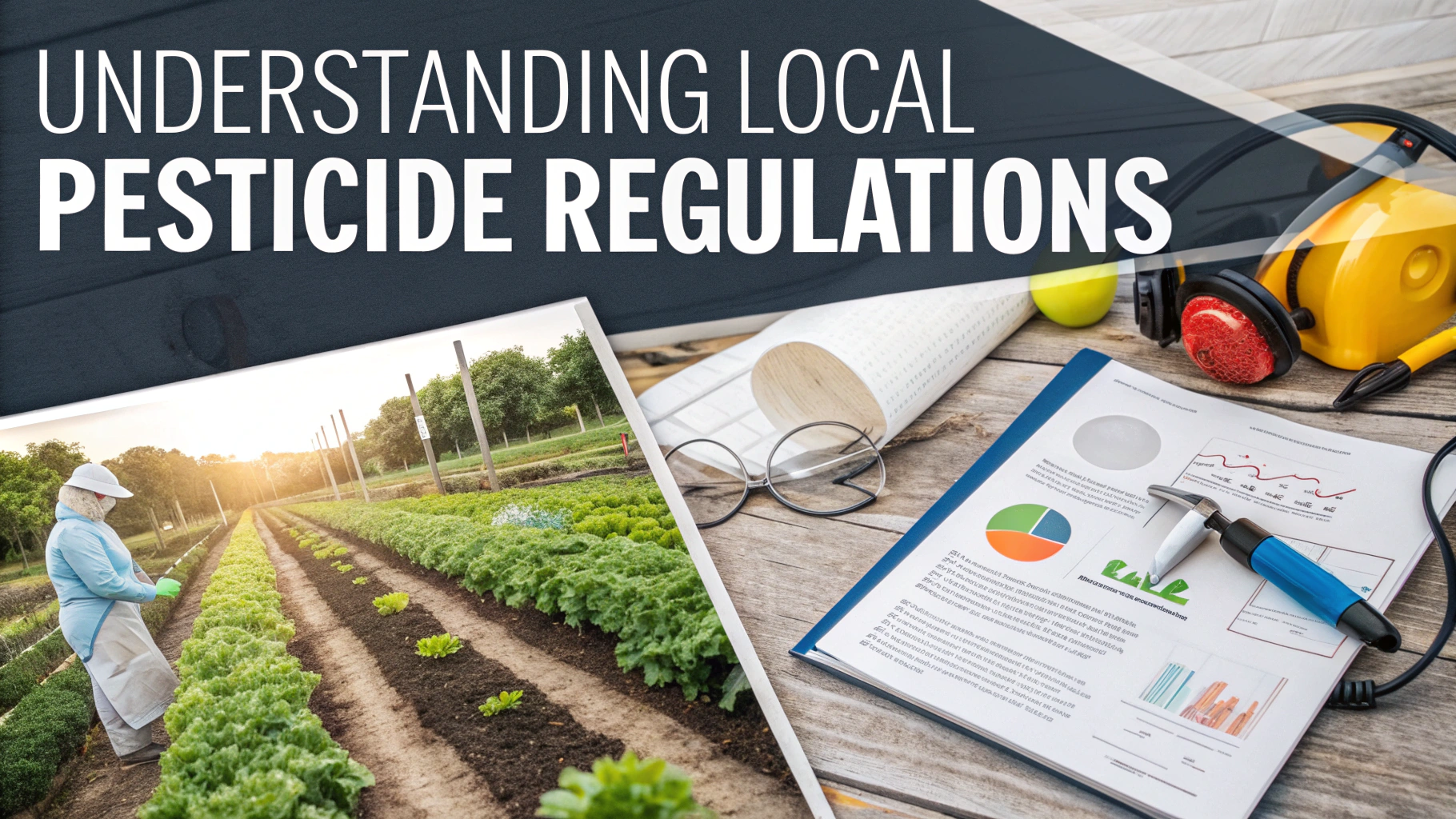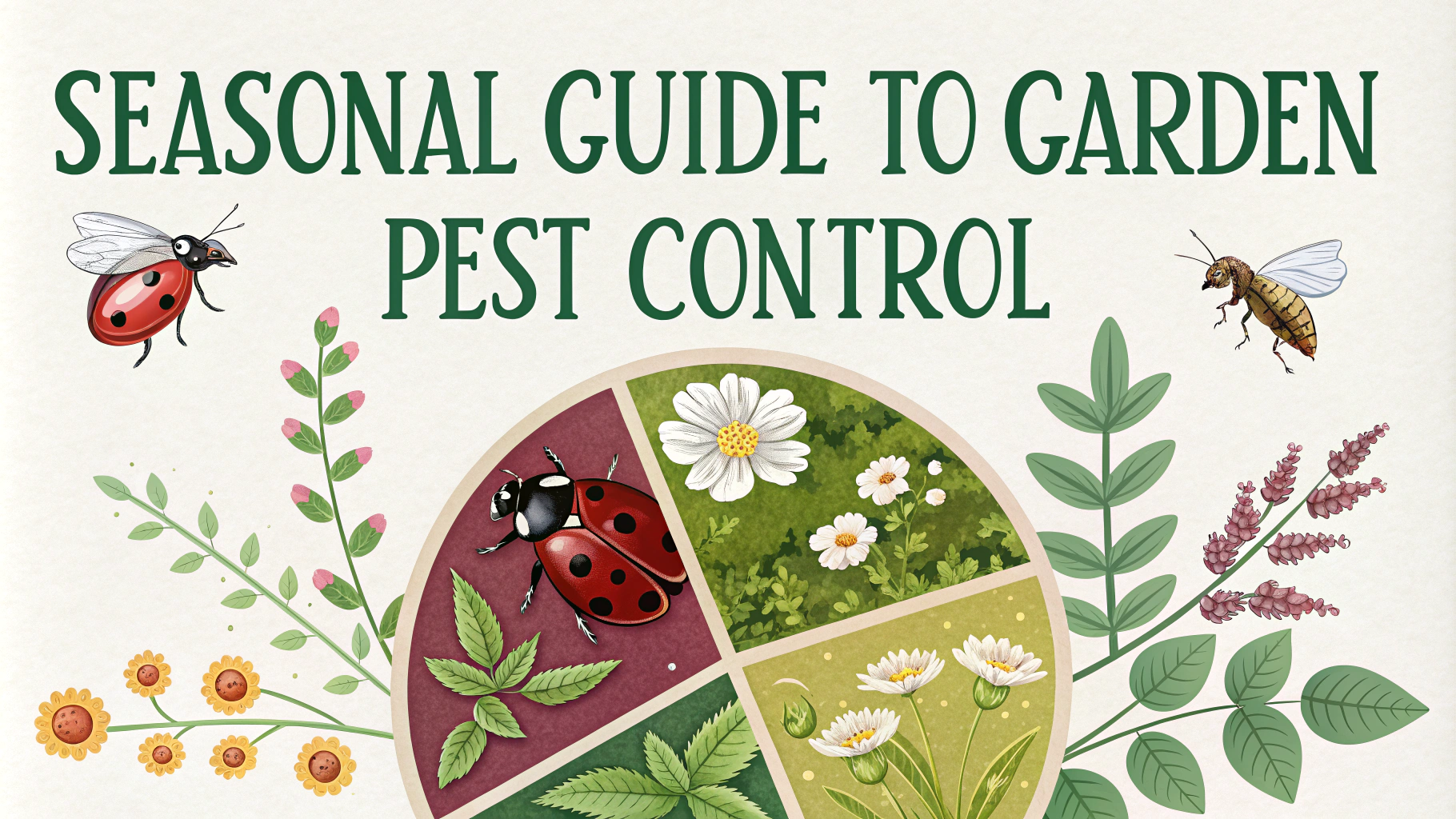Protecting children while effectively controlling pests requires a careful balance of safety and efficacy.
Natural pest control methods should always be the first line of defense around children’s play areas.
Safe Pest Control Options
- Diatomaceous earth (food grade)
- Essential oil sprays (peppermint, citrus)
- Physical barriers and sealing entry points
- Natural predator encouragement (birds, beneficial insects)
- Regular cleaning and maintenance
Prevention Tips
Regular inspection of play equipment and surrounding areas helps identify pest problems early.
Keep play areas clear of food debris and standing water to prevent pest attraction.
Maintain a 3-foot barrier between play equipment and vegetation or mulch.
When Chemical Treatment Is Necessary
- Schedule treatments during off-hours when children are not present
- Use only EPA-registered products labeled for use around children
- Allow proper drying time (minimum 24 hours) before reopening play areas
- Keep detailed records of all applications
Professional Services
Look for pest control companies certified in Integrated Pest Management (IPM) techniques.
| Treatment Type | Safe Return Time |
|---|---|
| Natural treatments | 2-4 hours |
| Low-toxicity chemicals | 24 hours |
| Standard pesticides | 48-72 hours |
Emergency Contact Information
- Poison Control Center: 1-800-222-1222
- EPA Safe Pesticide Information: 1-800-858-7378
Document all pest control measures in a logbook accessible to parents and staff.
Natural Pest Barriers
- Cedar mulch
- Neem oil applications
- Companion planting with pest-deterrent plants
- Physical barriers like fine mesh screens
Regular monitoring helps adjust pest control strategies before problems escalate.
Warning Signs of Pest Problems
- Droppings or pest evidence
- Unusual odors
- Visible pest activity
- Damaged equipment or surfaces
Create a pest management plan that includes regular inspections, prevention methods, and response protocols.
Implementation Timeline
Establish a monthly schedule for pest control activities and inspections to maintain consistent protection.
- Weekly visual inspections
- Monthly detailed monitoring
- Quarterly professional assessments
- Annual plan review and updates
Staff Training Requirements
All personnel working in children’s areas should receive basic pest management training.
- Pest identification basics
- Prevention protocols
- Safe cleaning practices
- Emergency response procedures
Documentation Requirements
Daily Records
- Cleaning activities
- Pest sightings
- Prevention measures taken
Treatment Records
- Application dates and times
- Products used
- Areas treated
- Safety protocols followed
Communication Protocol
Establish clear channels for reporting pest issues and sharing treatment information with stakeholders.
- Parent notification system
- Staff reporting procedures
- Emergency contact chain
- Public posting requirements
Conclusion
Effective pest control in children’s areas requires a comprehensive approach combining prevention, natural methods, and carefully managed chemical treatments when necessary. Success depends on consistent monitoring, proper documentation, and clear communication among all stakeholders. Regular review and updates to pest management strategies ensure continued effectiveness while maintaining the highest safety standards for children.
Remember that pest control is an ongoing process that requires vigilance and adaptation to changing conditions. Always prioritize children’s safety while maintaining effective pest management practices.
FAQs
- What are the safest pest control methods to use around children’s play areas?
Natural deterrents like diatomaceous earth, neem oil, and cedar oil are safest. Also, maintaining proper sanitation, sealing entry points, and using physical barriers like screens are effective non-toxic methods. - How long should children stay away from areas after pest treatment?
Children should stay away for at least 24-48 hours after any chemical treatment. For natural treatments, areas can typically be used once the application has dried completely. - Which pest control ingredients should be absolutely avoided near play areas?
Avoid organophosphates, carbamates, and synthetic pyrethroids. These chemicals can be particularly harmful to developing nervous systems in children. - What are signs that a pest control method is affecting children’s health?
Watch for symptoms like headaches, nausea, dizziness, respiratory issues, skin irritation, or eye irritation. If any occur, remove children from the area immediately and seek medical attention. - How can I prevent pests naturally in children’s play areas?
Regular cleaning, proper drainage, removal of standing water, sealing cracks, keeping grass trimmed, and removing food sources are effective preventive measures. - What is the proper timing for applying pest control in play areas?
Apply treatments during periods when children won’t be present for extended periods, such as weekends or holidays, allowing sufficient time for treatments to dry and dissipate. - Are there any child-safe barriers or repellents for playground equipment?
Yes, food-grade silica gel, essential oil-based repellents, and physical barriers like copper mesh or steel wool are safe options for playground equipment. - How often should pest inspections be conducted in children’s play areas?
Monthly inspections are recommended, with additional checks after heavy rains or changes in seasons when pest activity typically increases. - What documentation should be maintained for pest control in children’s areas?
Keep records of all treatments, including dates, products used, application methods, and safety data sheets. Also document any pest sightings and subsequent actions taken. - What emergency procedures should be in place for pest-related incidents?
Have an emergency response plan including first aid procedures, emergency contact numbers, evacuation protocols, and immediate actions for accidental exposure to pest control products.
